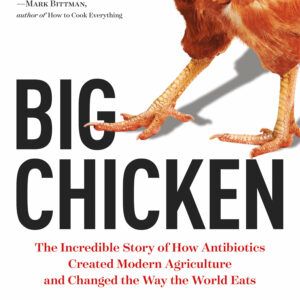<i>“The text is well written and amply interspaced with tables so that it is very informative and not too heavy to read, which is an almost unique combination in scientific books!”</i> –International Poultry Production, Volume 18, Number 1, and International Food Hygiene, Volume 20, Number 7<br /> <br /> <br /> <p>The records of human gastrointestinal illness gathered by national and international bodies concerned with matters relating to public health clearly demonstrate that <i>Campylobacter</i> spp. are the most frequently identified bacteria causing infectious intestinal disease. This new book provides up to date information about the species of <i>Campylobacter</i> most often associated with food poisoning, namely <i>C. jejuni</i> and <i>C. coli</i>.</p> <p>Like <i>Salmonella</i> spp., <i>Campylobacter</i> spp. are zoonotic agents. Many different domestic and wild animal, avian, and also insect reservoirs of these organisms have been identified. They are also widespread in the environment and have been found to survive in both soil and natural waters.</p> <p>Part of the authors’ <i>Practical Food Microbiology Series</i>, which includes books covering <i>Listeria monocytogenes</i>, <i>E. coli</i>, <i>Clostridium botulinum</i> and <i>Salmonella</i> spp., this book again offers a practical treatment of <i>Campylobacter</i> spp., drawing on real-life cases to highlight effective means of controlling these pathogenic microorganisms in foods.</p> <p>Each volume in the series has been devised to provide practical and accurate information about specific microorganisms of concern to public health. This new book includes information concerning the taxonomy of <i>Campylobacter</i> spp. and methods used for their isolation and characterisation, the illnesses caused by them, the occurrences of outbreaks of illness and their investigation, and the lessons that can be learnt from these. Also discussed are the sources of these organisms, routes by which they may contaminate foods, factors affecting their survival and growth and, importantly, means for the control of <i>Campylobacter</i> spp. and their subsequent impact on public health.<br /> <br /> The information in this book is designed for use by those in the food industry working in manufacturing, retailing and quality assurance and those in associated professional sectors, e.g. health, and students in each of these areas. This book is an invaluable tool and essential reference for all food microbiologists.</p>
Campylobacter
₹10,101.00
A practical approach to the organism and its control in foods
This book is currently not in stock. You are pre-ordering this book.




